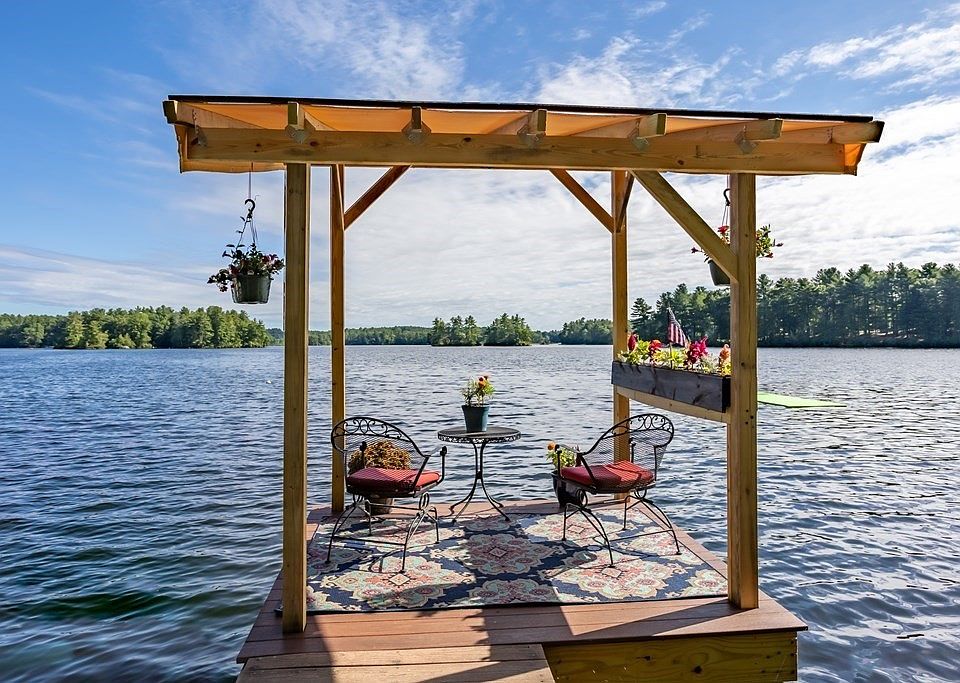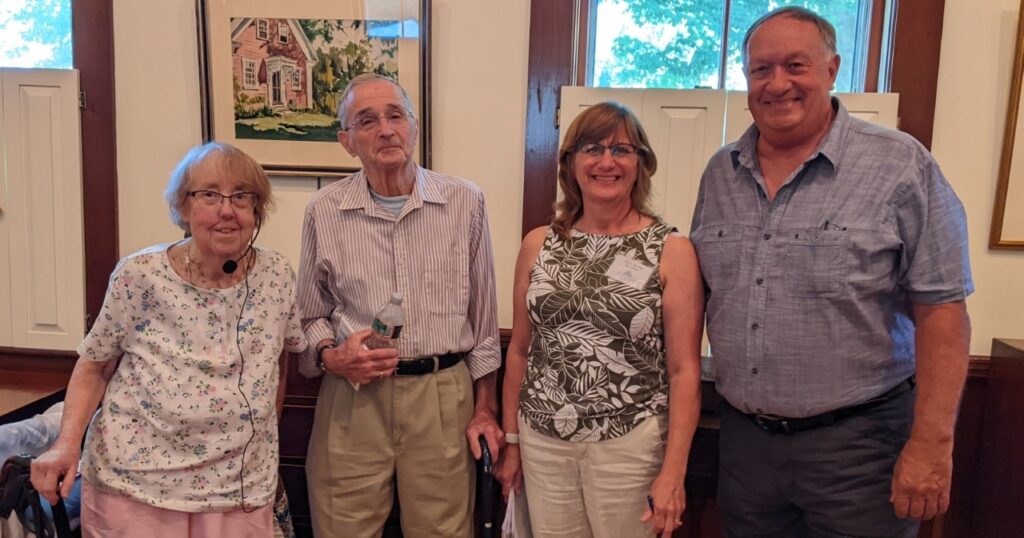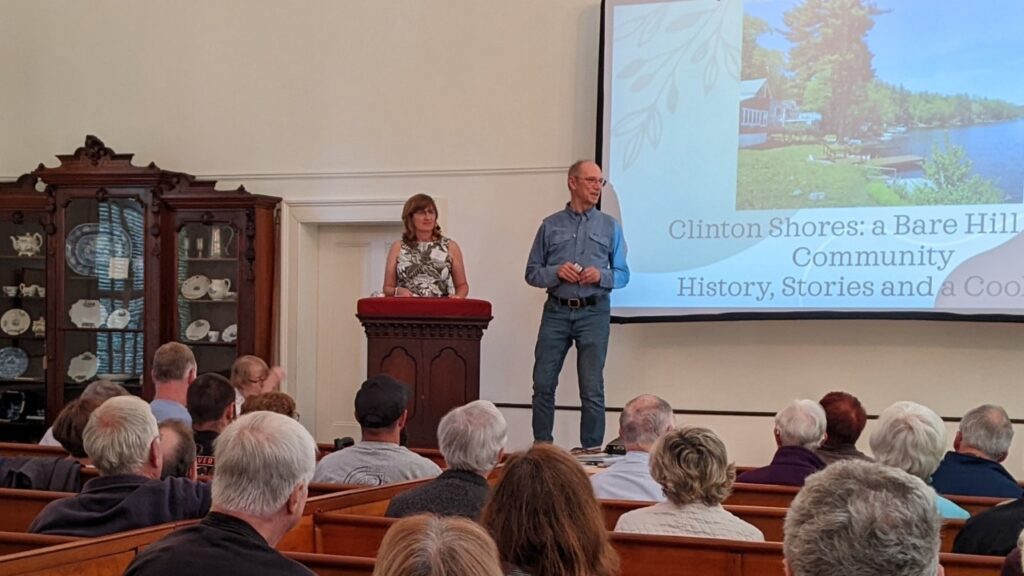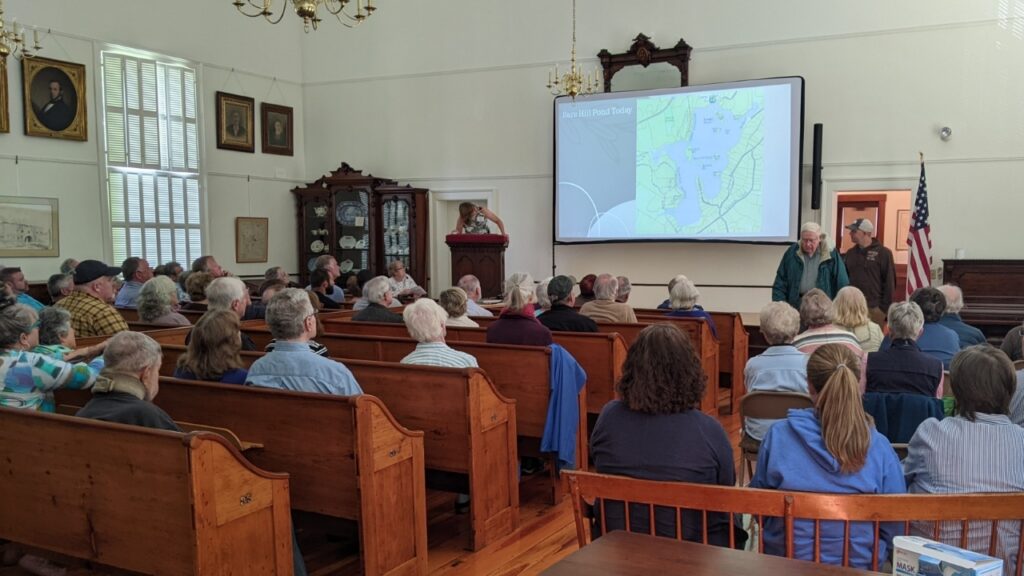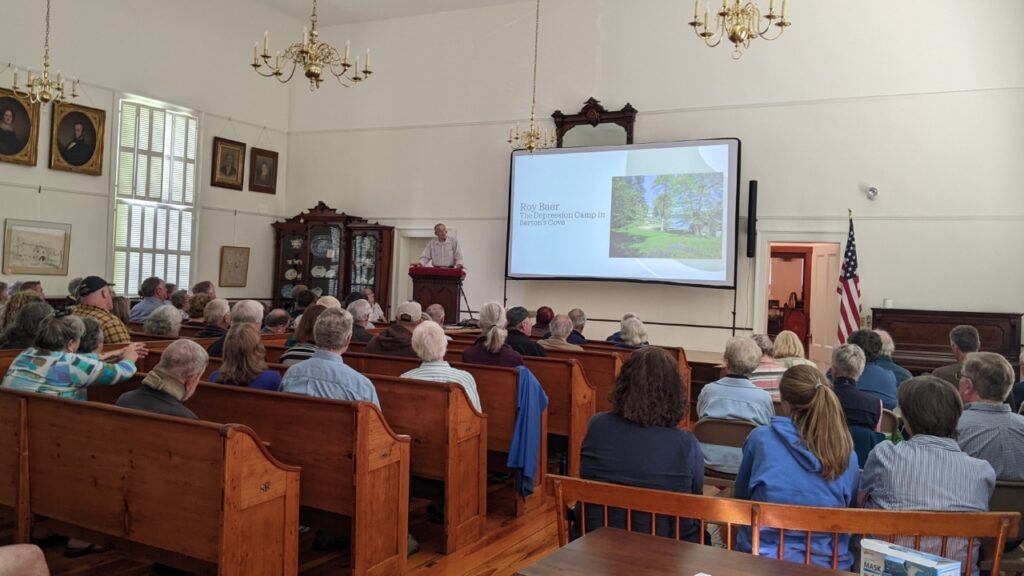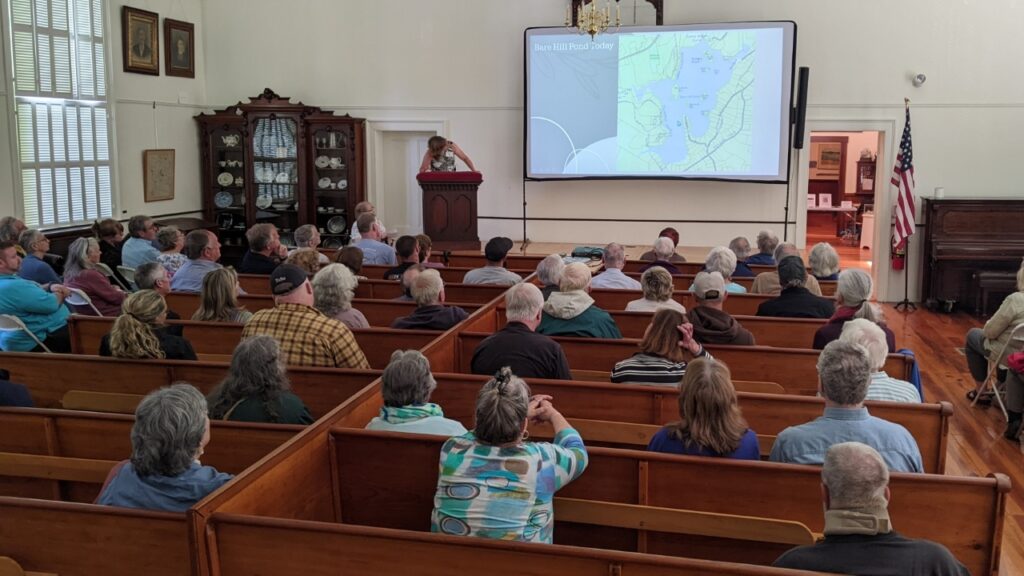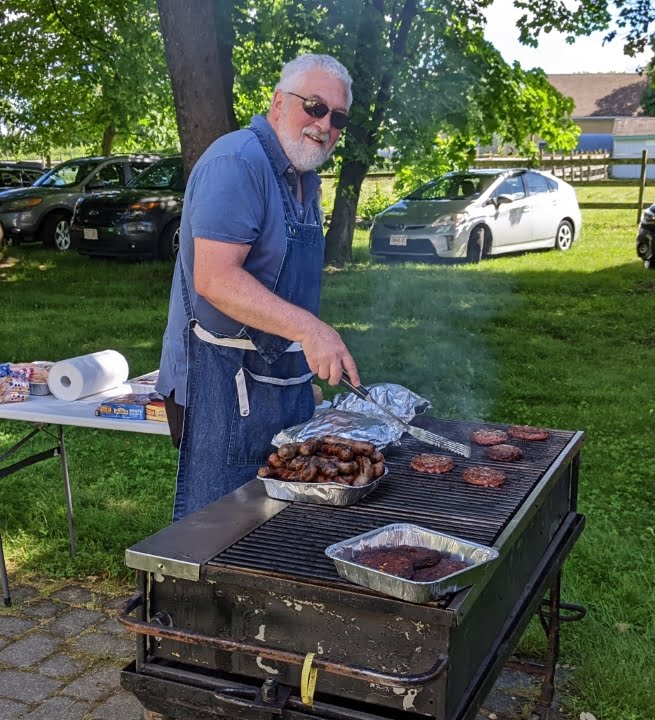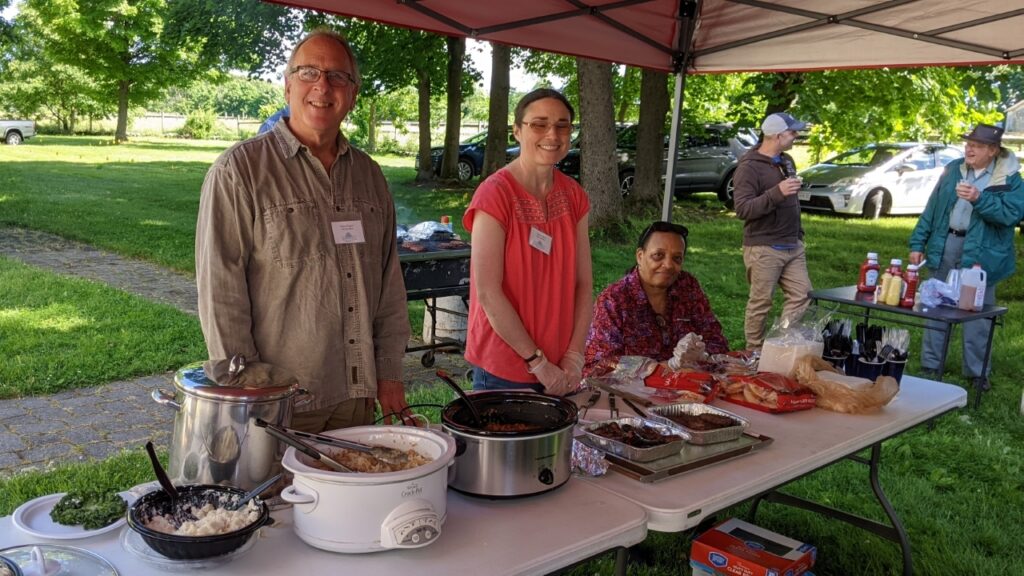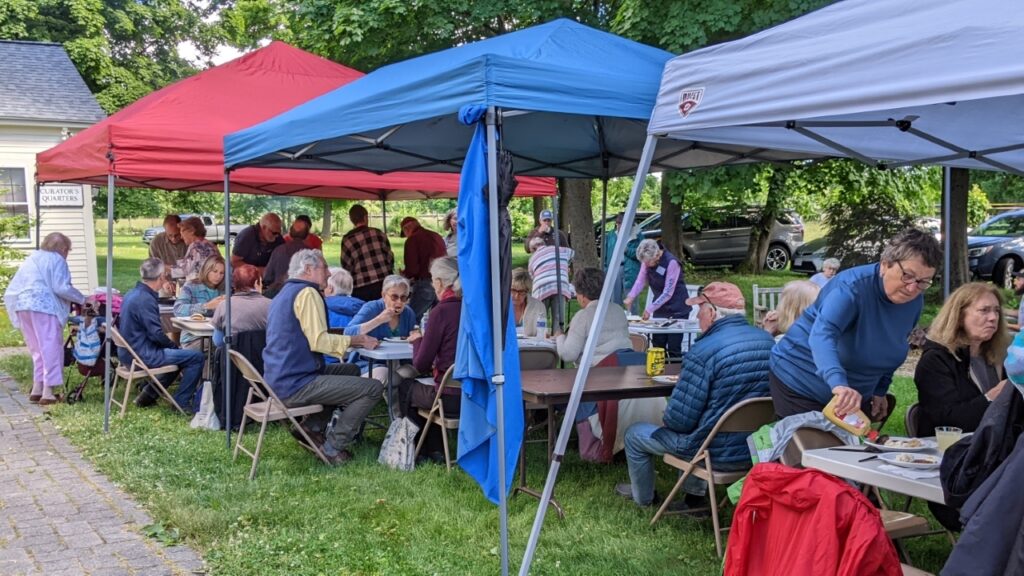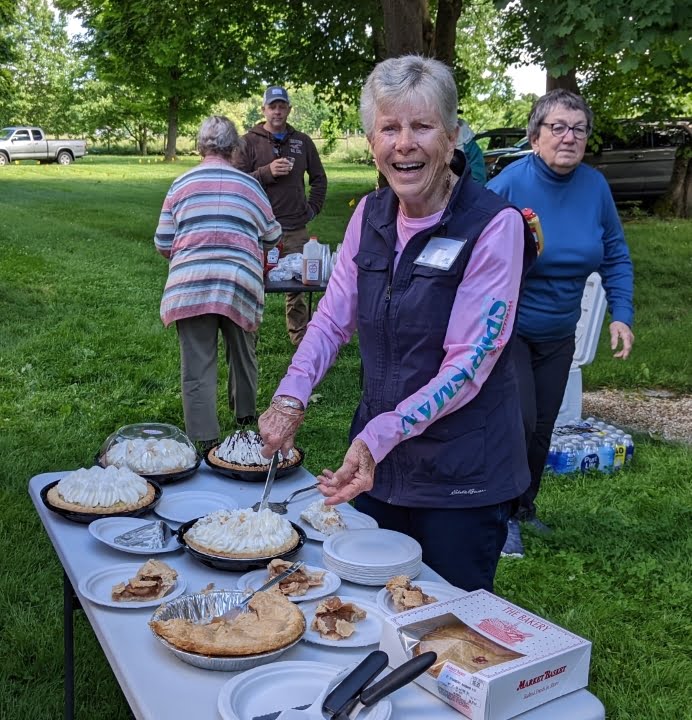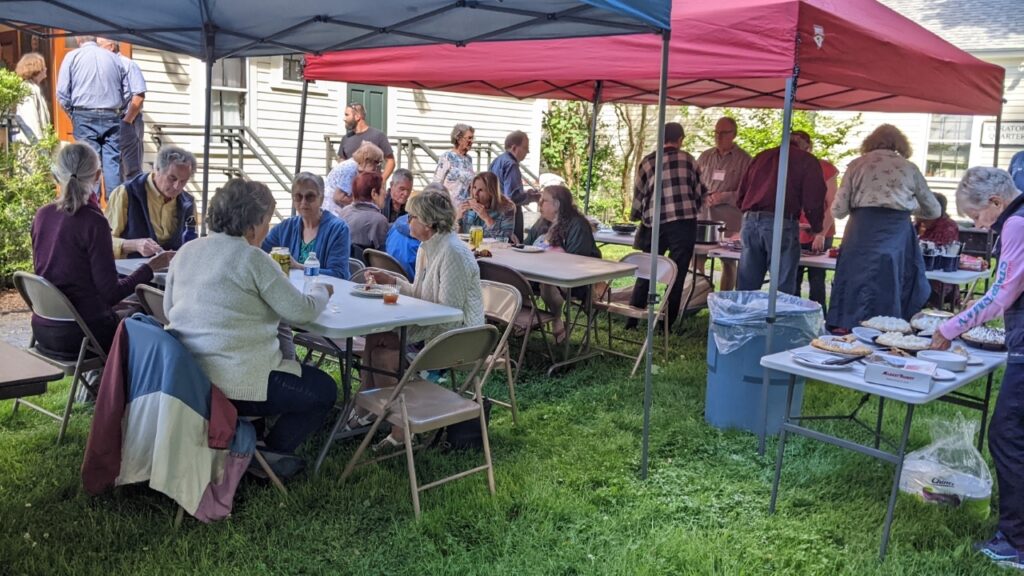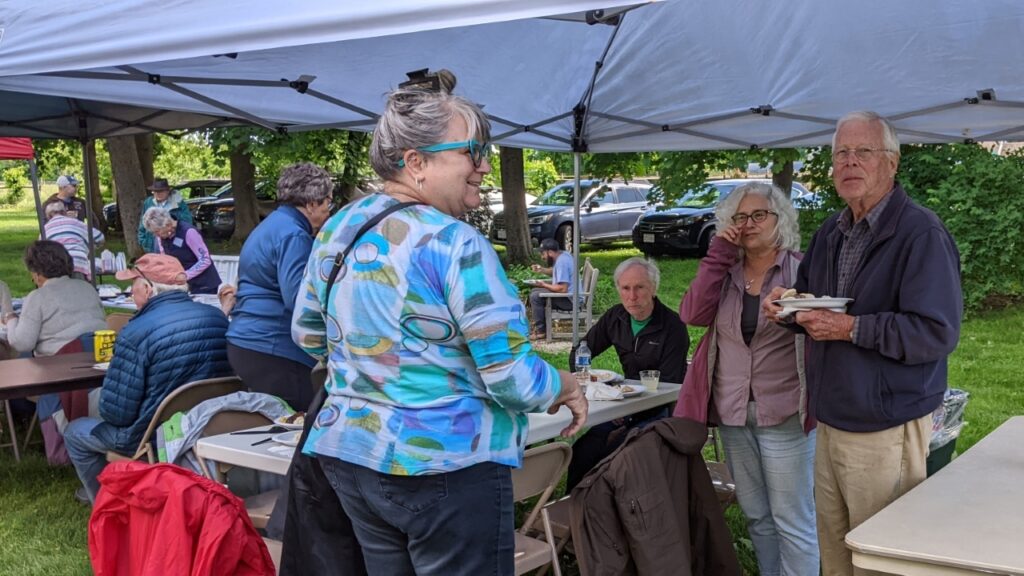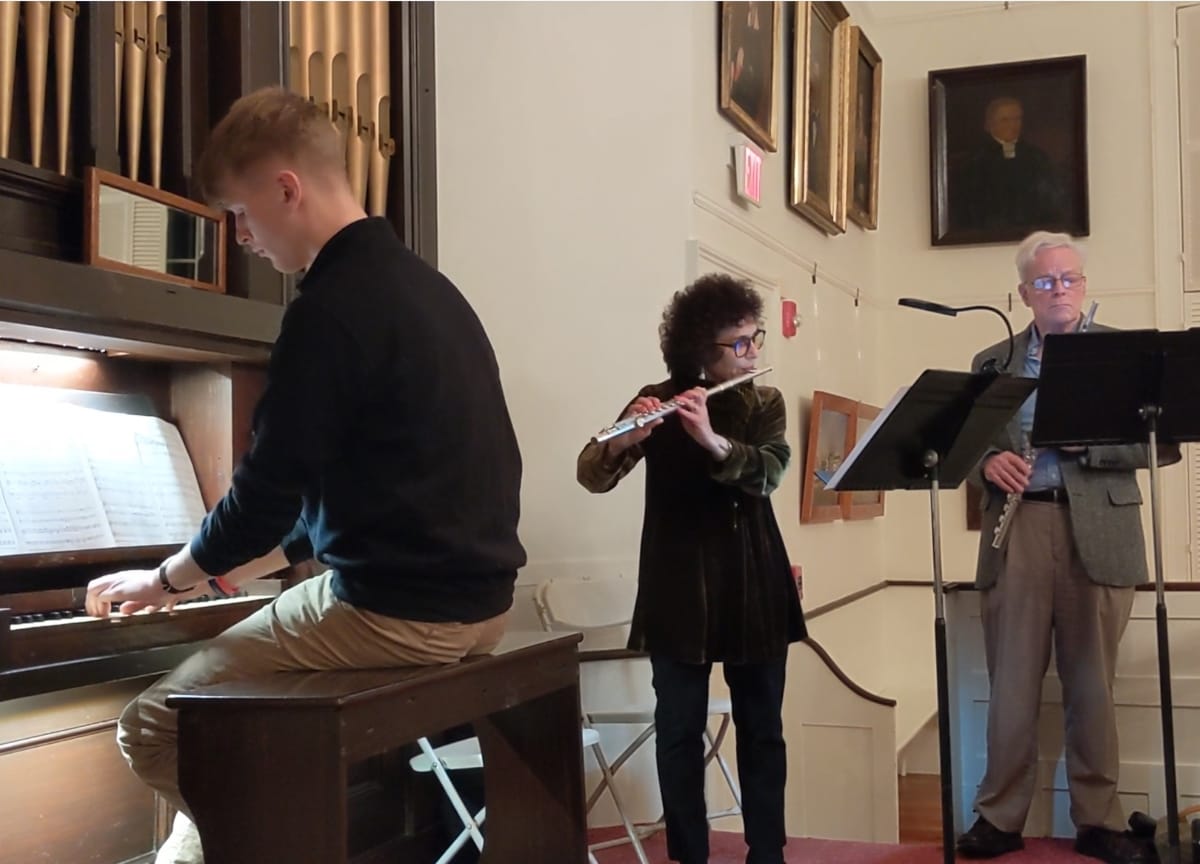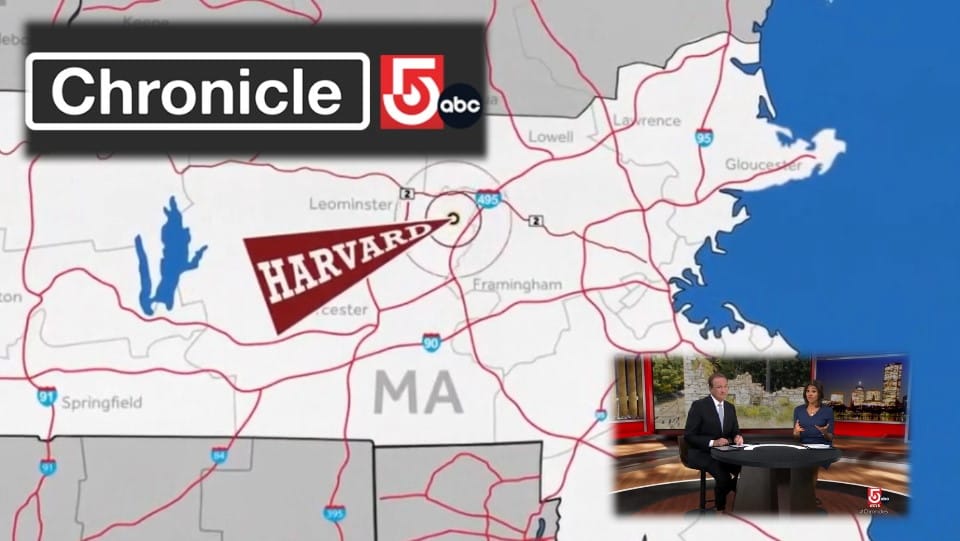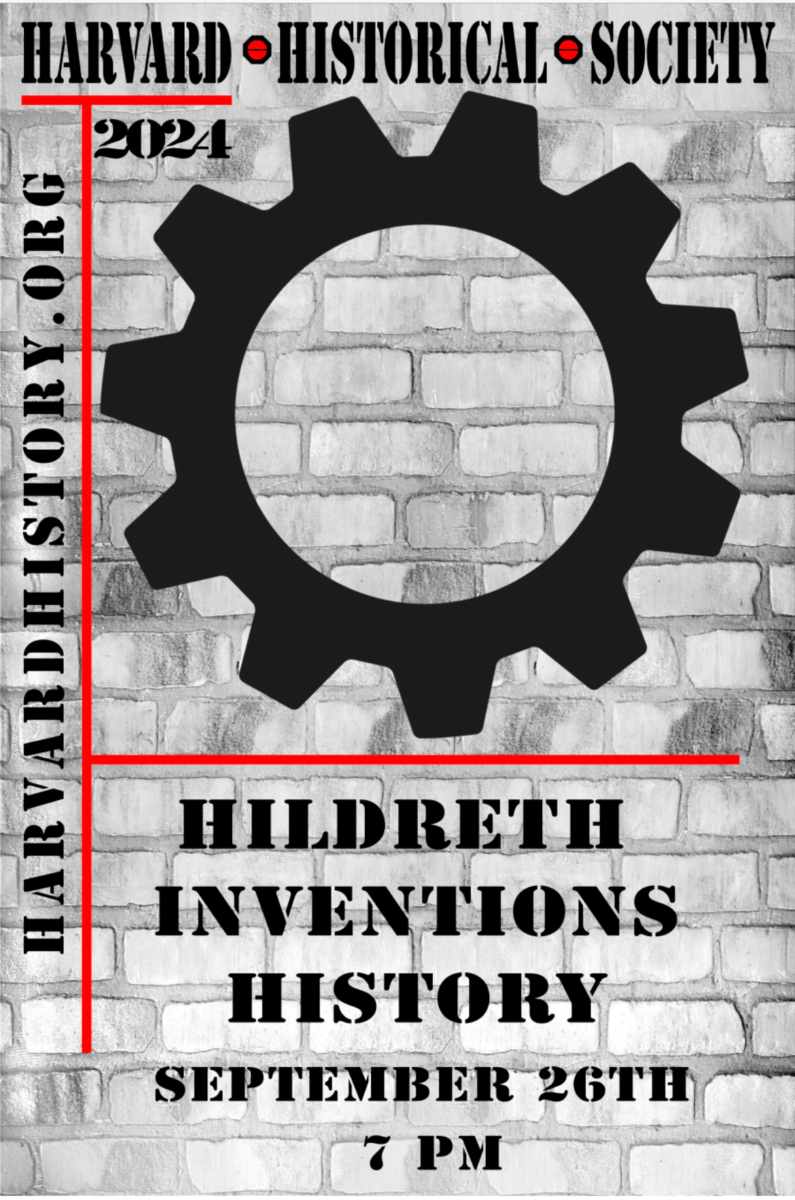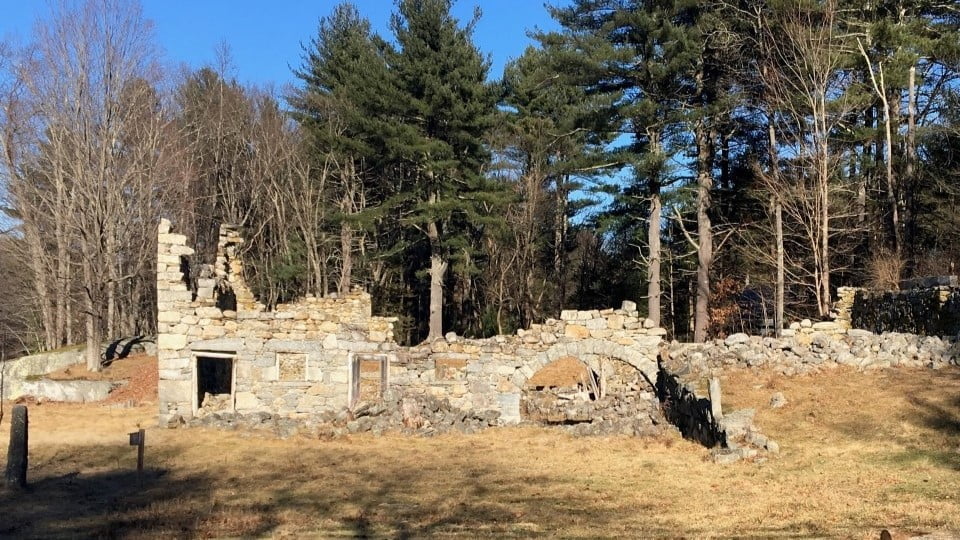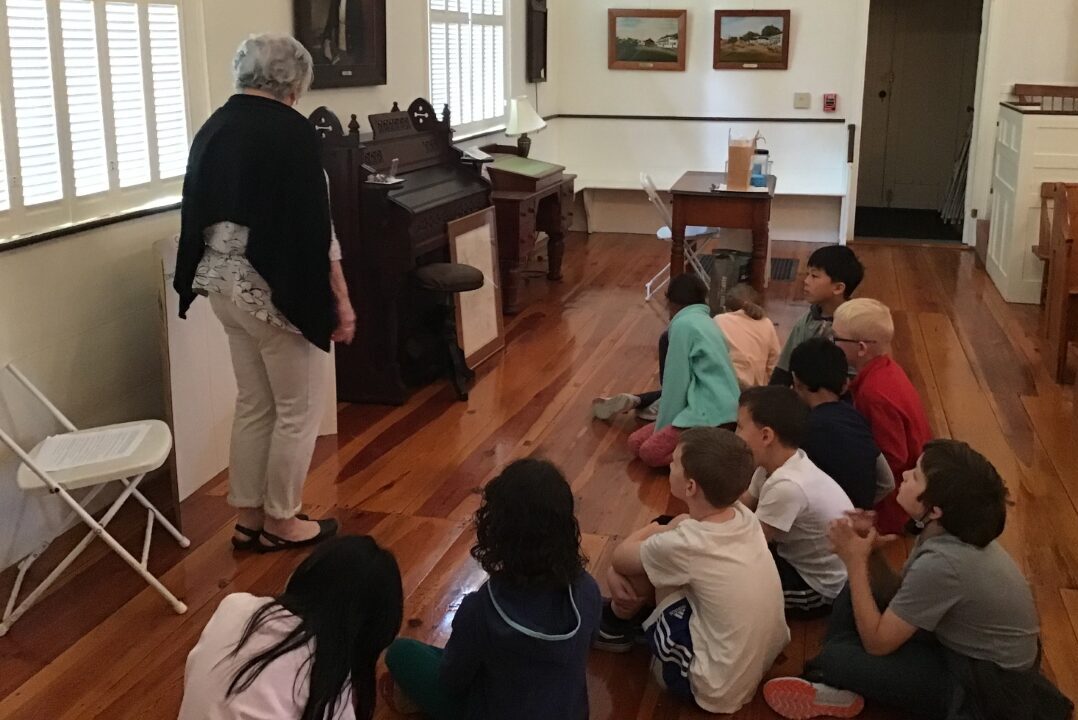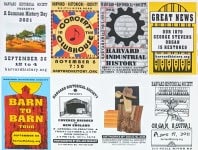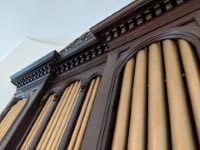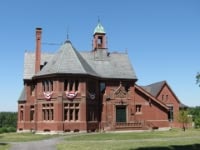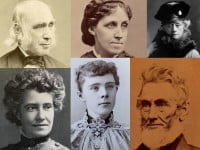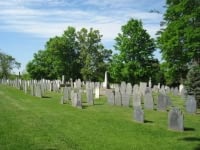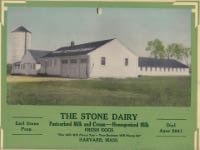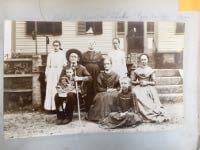History and Stories from Clinton Shores
On the shores of Bare Hill Pond there is a cottage neighborhood that started in the early 20th Century.Was on
Sunday June 9, 2024
On the shores of Bare Hill Pond, hidden away near Still River, is a cottage neighborhood that was started in the early 1900’s by Clinton residents, coming for winter jobs harvesting ice and renting land from the Willards, Haskells, and Scorgies. By 1920 it had become a thriving community of 55 cottages. These are the stories of the generations that grew up there and forged their connections to Harvard history. The program will end with a barbecue reminiscent of the Clinton Shores neighborhood cookouts. Admission is $15 per person, BBQ included. Registration required, email curator@harvardhistory.org (Please note, the location for the program is the Still River Meetinghouse, home of the HARVARD HISTORICAL SOCIETY, 215 Still River Road.)
Published: May 23, 2024
Join a journey back in time to the history, stories, and food of Clinton Shores
Whether you’re new to town or have lived here a long time, you may have heard of Clinton Shores as a part of Harvard, but you may not have been there. You may not even really know where it is. Traveling south on Still River Road, take a left turn onto Willard Lane, just past the Harvard Historical Society and the old firehouse. It brings you to a right turn onto Clinton Shore Drive, a narrow, winding road, with huge rock outcroppings that seems to go on and on. And then, suddenly, there ahead of you, are a number of what look like summer cottages, nestled on the edge of Bare Hill Pond. You’ll feel as though you’ve been transported back in time and space to a 1950s vacation camp on a lake in Maine or New Hampshire.
This interesting community of Clinton Shores is the subject of a Sunday, June 9, program at the Historical Society, 215 Still River Road. Beginning at 2 p.m., a series of speakers will tell stories and show pictures that recreate a century of life in this unique part of Harvard. The program “History and Stories from Clinton Shores” will be followed by a barbecue in the style of the annual cookouts held in this tight-knit community.
Society member Melissa Marteney has done extensive research on the area and will show a map of Bare Hill Pond, locating Clinton Shores along the southwestern end, the land on either side, and the names of all the islands. According to old postcards, Bare Hill Pond was sometimes called Bromfield Lake, or just the Lake. In his “History of Harvard,” Nourse says it was often called the Great Pond, as it was the largest body of water in this part of Massachusetts. Marteney will talk about the ice industry that first drew men to the area at the turn of the 20th century. It was residents of the German neighborhood in Clinton that first settled in Clinton Shores. Marteney has identified the dates and owners of the 55 original cottages, most of them built in the early 1920s, and will show slides of some of them.
Elaine Patterson, president of the Clinton Historical Society, whose father built her family cottage at Clinton Shores in 1929, will share her memories of growing up there, including rowing across the pond to Kerley Reed & Bryant General Store in town center to buy her first doll and finding a cow bell on the peninsula where the cows of wealthy landowner Frederick Fiske Warren used to wander. Roy Baer, whose family in Clinton Shores goes back three generations, will describe a camp for homeless men built there during the Great Depression. Garry Baer, whose father was Roy’s cousin, will tell stories of some of the buildings and the colorful characters said to have frequented them. He will also talk about his connections to well known Harvard families for whom he worked in his high school days.
There will be time for questions following the presentation and in conversation during the barbecue, which will be on the grounds of the society under tents and with plenty of seating. It will feature German food, so much a part of the culture of the community. Marteney obtained a menu from Patterson and Garry Baer that is typical of what was served at the summer cookouts of the Clinton Shores neighbors. It includes bratwurst, hamburger, black bean burger, salads, a special baked bean recipe of Patterson’s father, and cream pies, always a favorite dessert.
The cost of the event is $15; for those attending the program but not the barbecue, a donation will be appreciated. Registration for the barbecue is necessary—please email curator@harvardhistory.org with your number of attendees by June 2.
More Historical Society Events, past and present...
More related:

